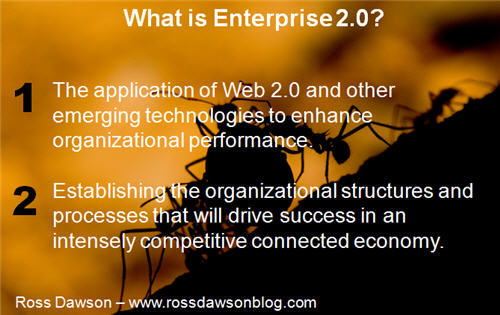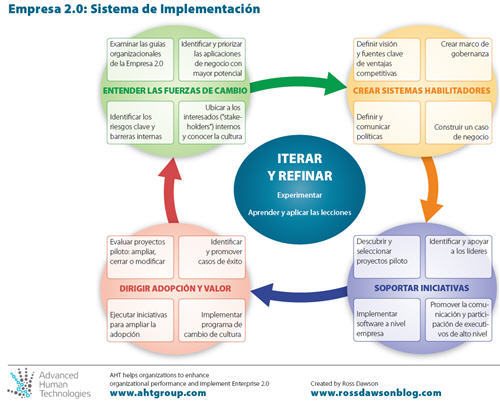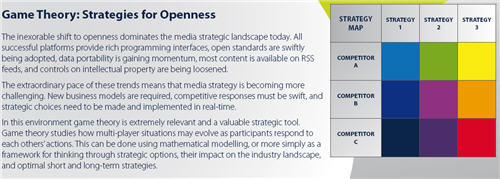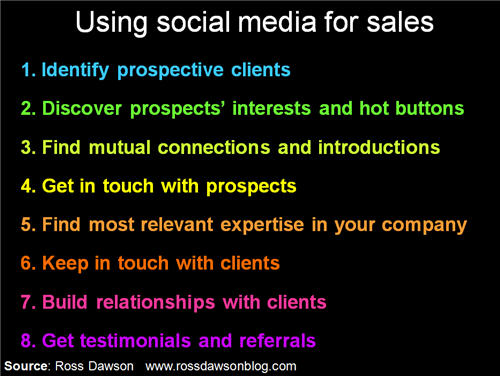Top blog posts of 2009: Enterprise 2.0 and organizational effectiveness
Other 2009 summary posts
Top blog posts of 2009: 6 on Twitter and the media
Top blog posts of 2009: The future
Top keynote speech presentations/ videos of 2009
Continuing my series of my blog posts that have attracted the most interest in 2009, here is my selection of 10 posts on Enterprise 2.0 and organizational effectiveness.
1. Why ‘critical mass’ is intensely relevant to Enterprise 2.0 user adoption
What the diffusion curve means for Enterprise 2.0 adoption initiatives.
2. Enterprise 2.0: Competitive differentiation occurs at the intersection of technology and culture
The harder it is to implement Enterprise 2.0, the greater the potential for competitive differentiation.





